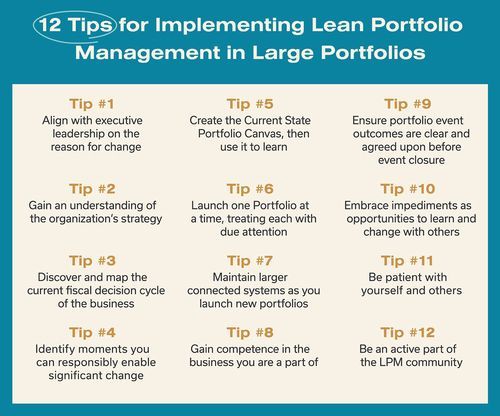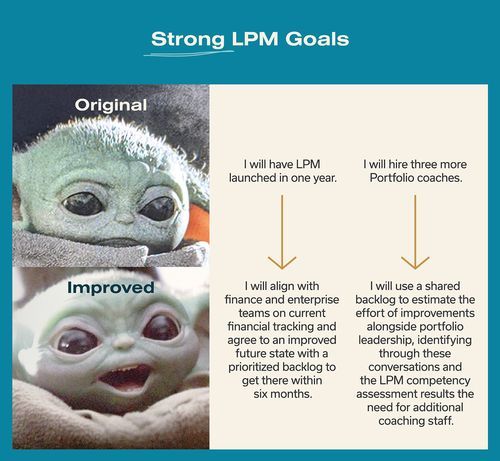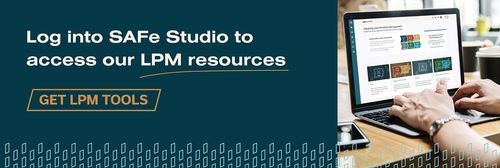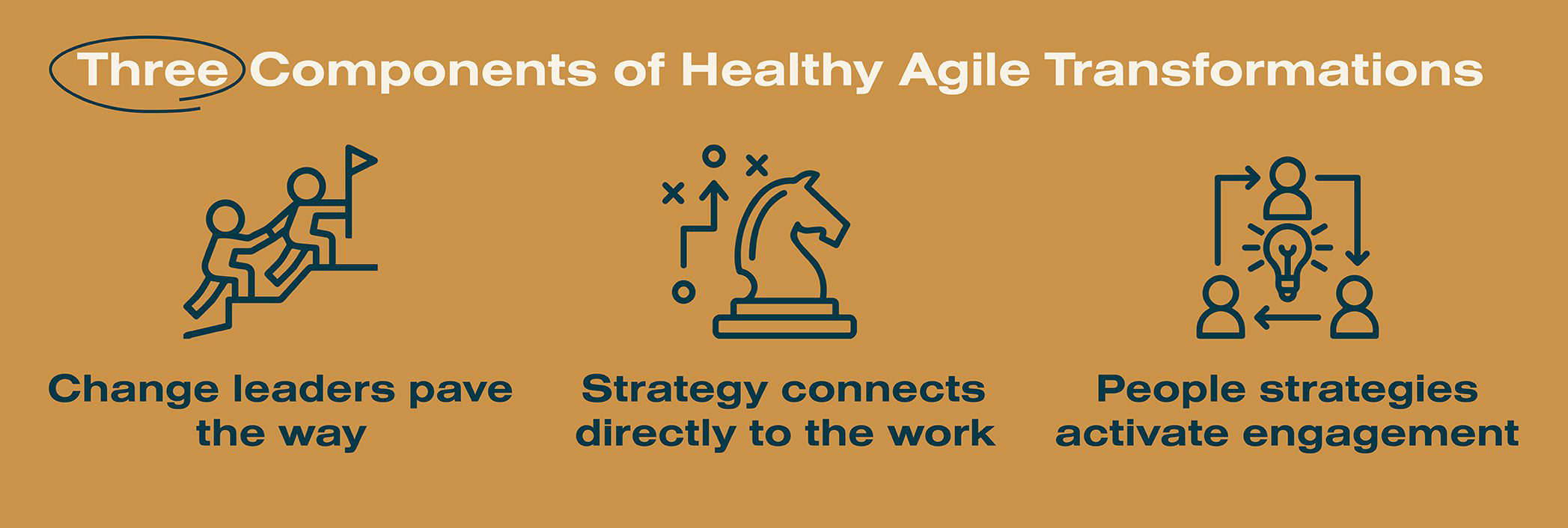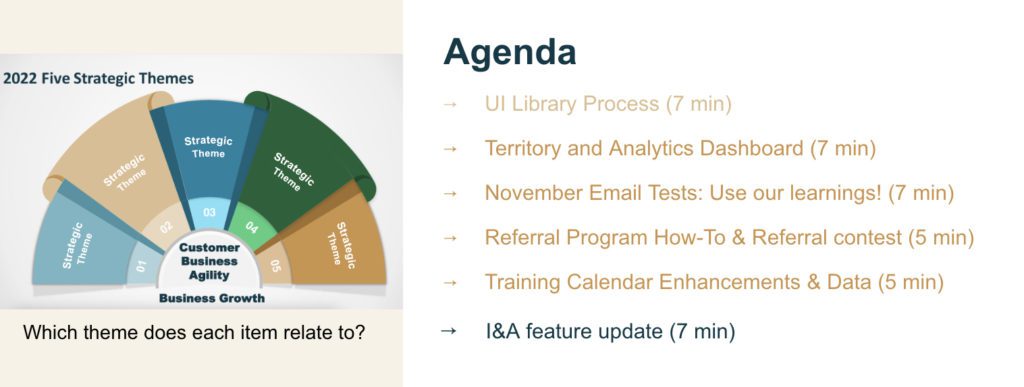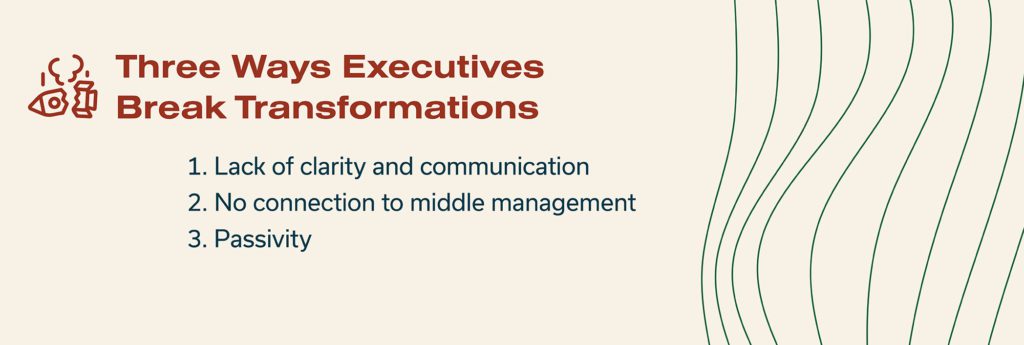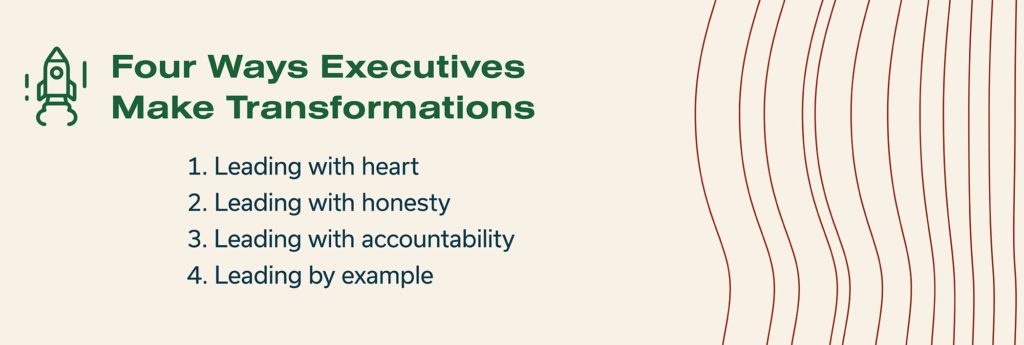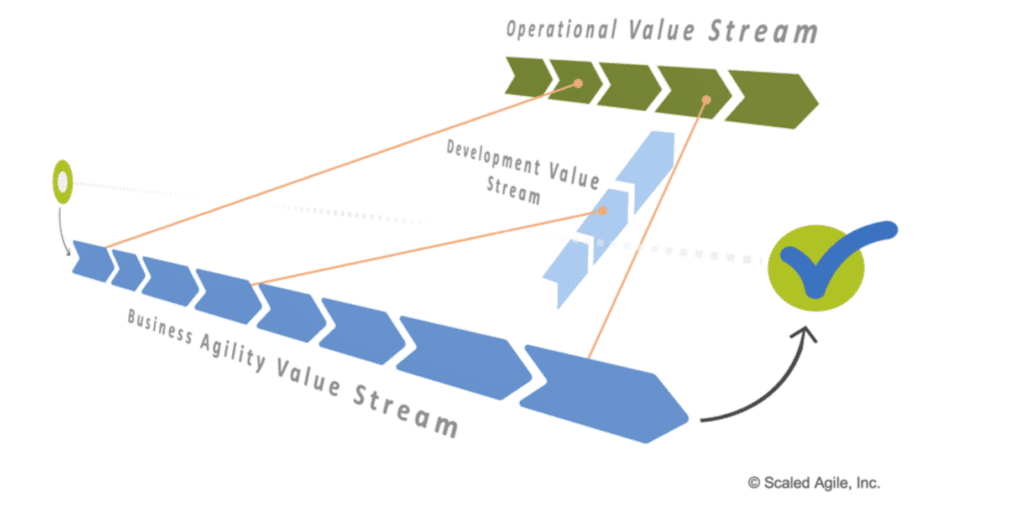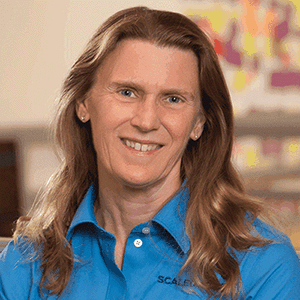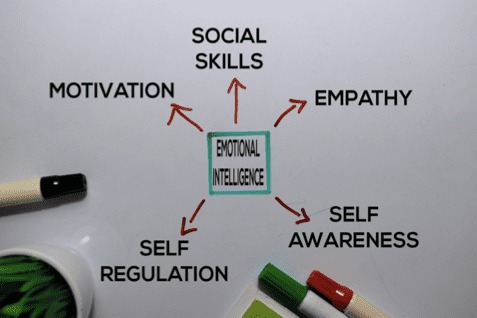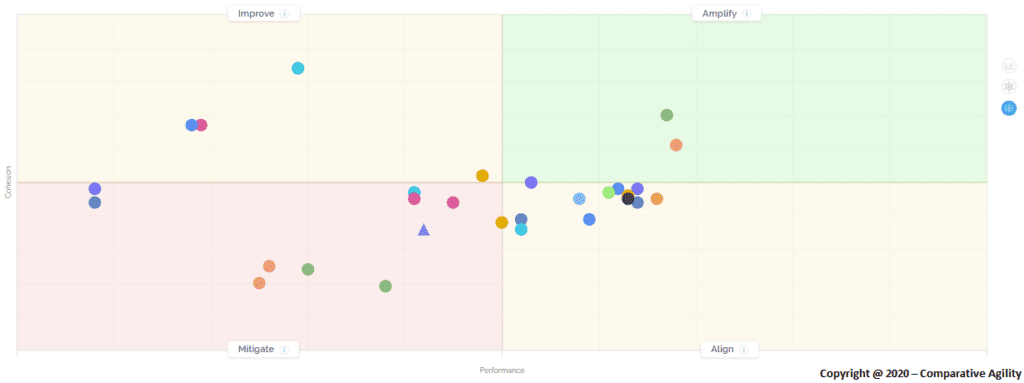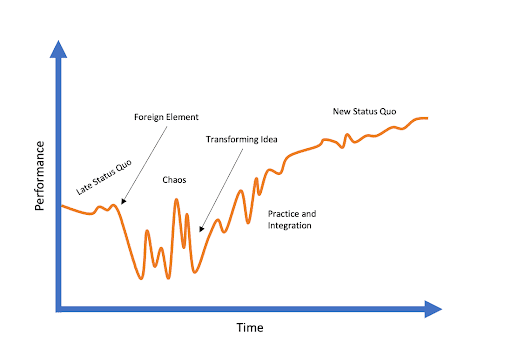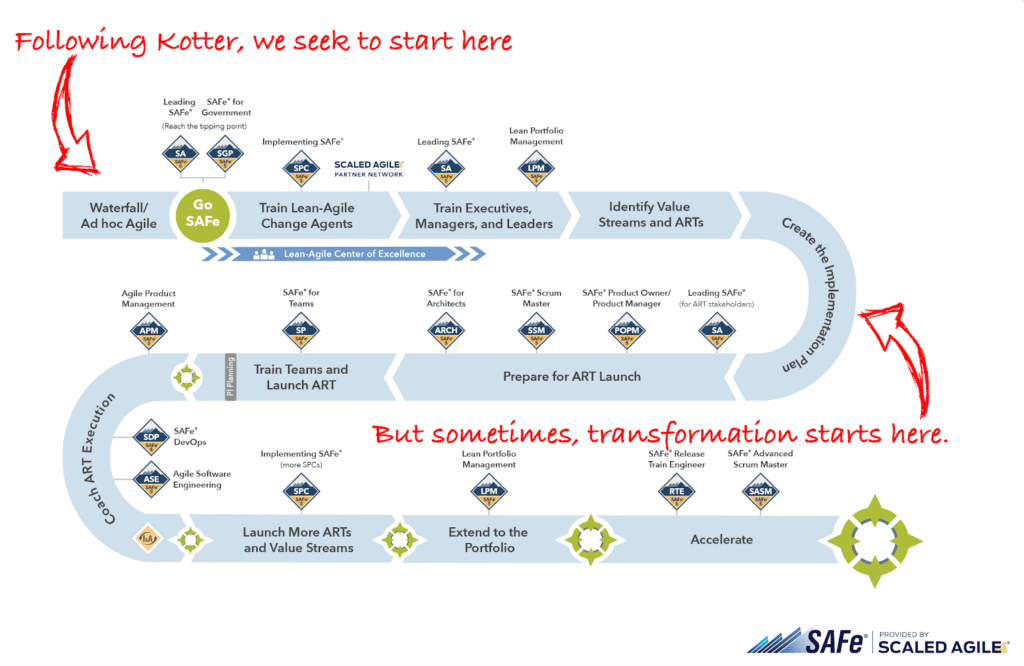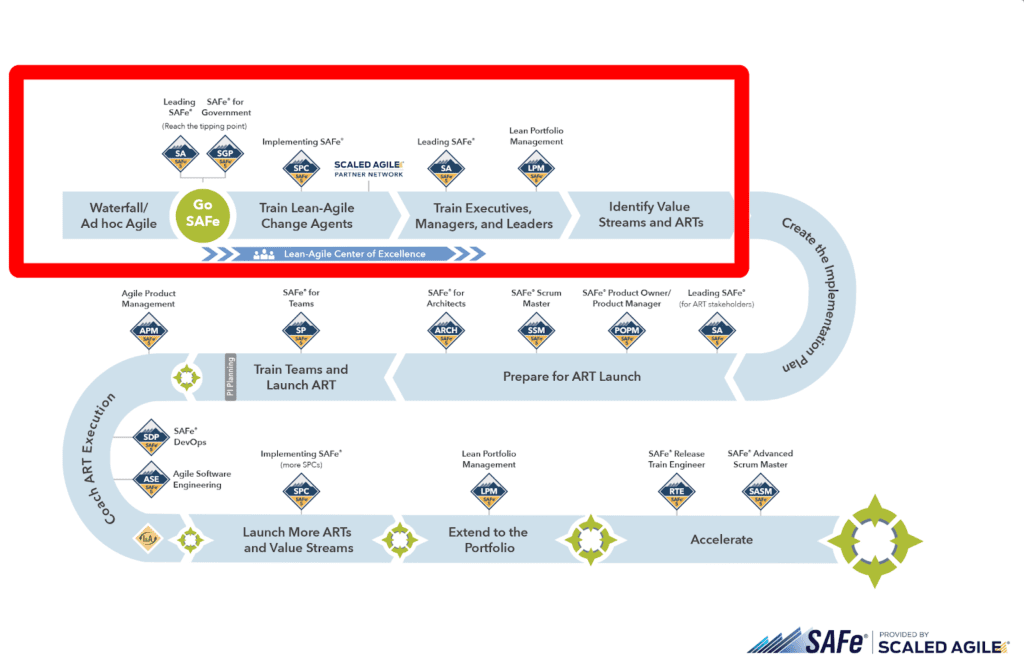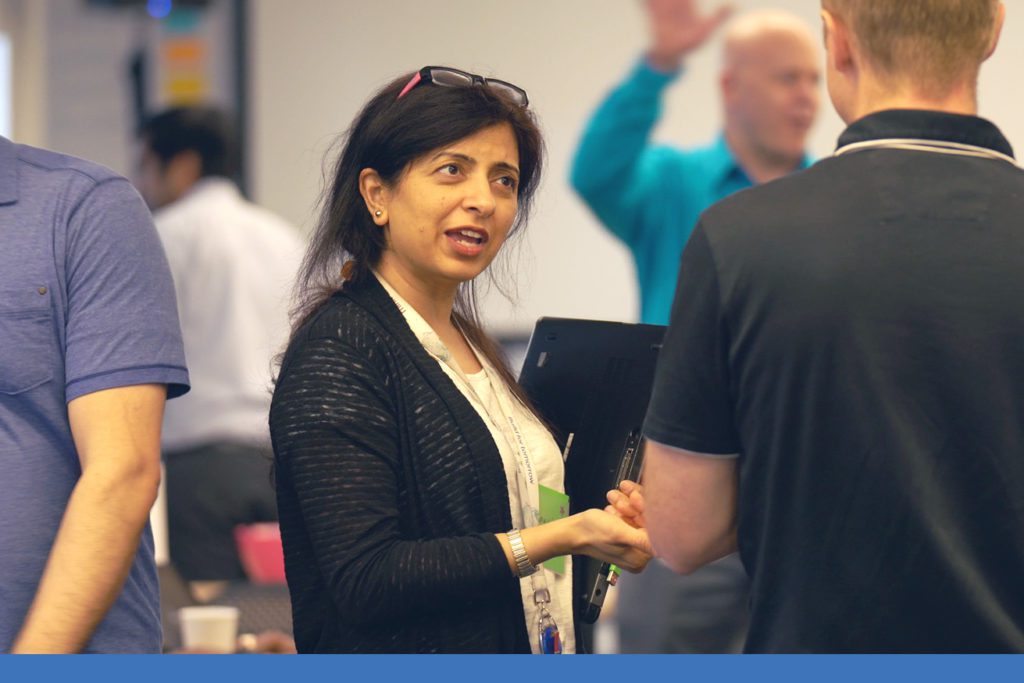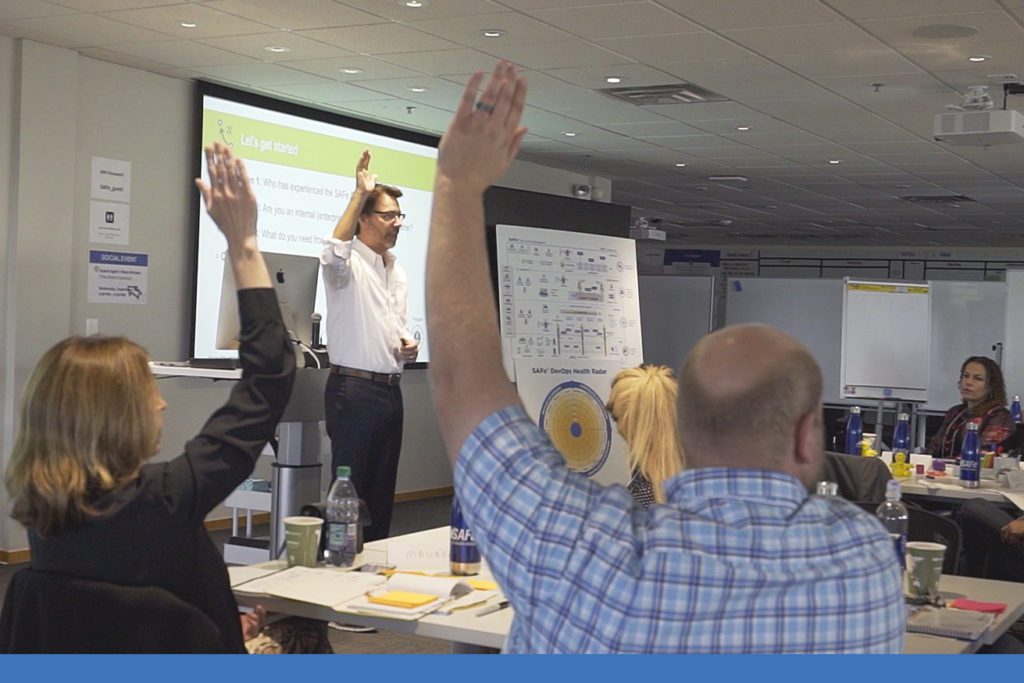I joined Scaled Agile, Inc. two years ago as their first-ever Chief Customer Learning Officer. As CCLO, I have the privilege to lead the design and development of our learning solutions, including our courseware and certifications. With decades of experience and a passion for modern learning, my journey has been about understanding how people learn and grow in their careers, and how they develop the skills and competencies to thrive in their roles. I see firsthand how the learning landscape is evolving, and I’m committed to creating innovative solutions that empower Agile professionals to continuously learn, adapt, and succeed in their organizations.
Evolution of Learning in the Agile Landscape
Over time, the way we engage with learning has shifted dramatically. The rapid expansion of remote work and digital transformation has created an opportunity to rethink how we deliver training. Instead of intensive, back-to-back full-day classes, we’ve moved toward more interactive and modular experiences. This includes our SAFe Micro-credentials, where professionals not only learn about Lean-Agile competencies but also apply them in real-world contexts, enabling them to truly master these skills.
From the outset, Scaled Agile has been dedicated to training change leaders and providing them with the necessary tools to drive Agile transformations. This remains a foundational part of our mission, and we continue to equip professionals with the skills and insights they need to lead effectively. Today, we are expanding that focus by providing more opportunities for Agile professionals to deepen their knowledge and expertise throughout their careers, allowing them to not only develop personally but also drive tangible business outcomes within their organizations.
Expanding Our Focus on Continuous Learning
One of the most common questions we hear from our learners is: “What’s next?” How does someone transition from understanding their role to thriving in it? In response, we are expanding our focus to emphasize continuous learning and development. This approach is designed to help Agile professionals build the mastery necessary to excel in their roles, while also contributing significantly to their organizations by driving better outcomes and fostering an environment of innovation and efficiency.
Continuous learning offers numerous benefits. It bridges skills gaps, enhances capabilities, and ensures that Agile practices are not only adopted but sustained within organizations. Change management is more than just implementing a transformation—it’s about maintaining and nurturing that change over time. By investing in ongoing learning, organizations create a culture where individuals and teams feel empowered to make informed decisions, solve complex problems, and adapt to evolving challenges.
Continuous learning is a catalyst for building an Agile culture and mindset. It helps teams achieve a “flow of work,” meaning they can complete tasks more efficiently, reduce bottlenecks, and deliver value more effectively. This flow creates a dynamic environment where innovation thrives, and work progresses with fewer interruptions, enabling professionals to meet goals and deliver high-quality results.
Introducing Advanced Certification Paths
After interviewing hundreds of Agile professionals and gathering insights from our extensive network of experts, we’ve designed the Advanced Certification Paths. These paths are tailored to develop role proficiency and ensure Agile professionals have the tools to succeed on the job. Each path combines live training and e-learning, delivered in flexible formats that suit different learning preferences. It culminates in a Learning Lab, a cohort-based experience where learners apply their knowledge in real-world case studies, receive coaching, and learn from their peers.
Completing an Advanced Certification Path means more than earning an Advanced Role Certification—it provides access to a broader Community of Practice, where professionals with shared experiences can learn from one another.
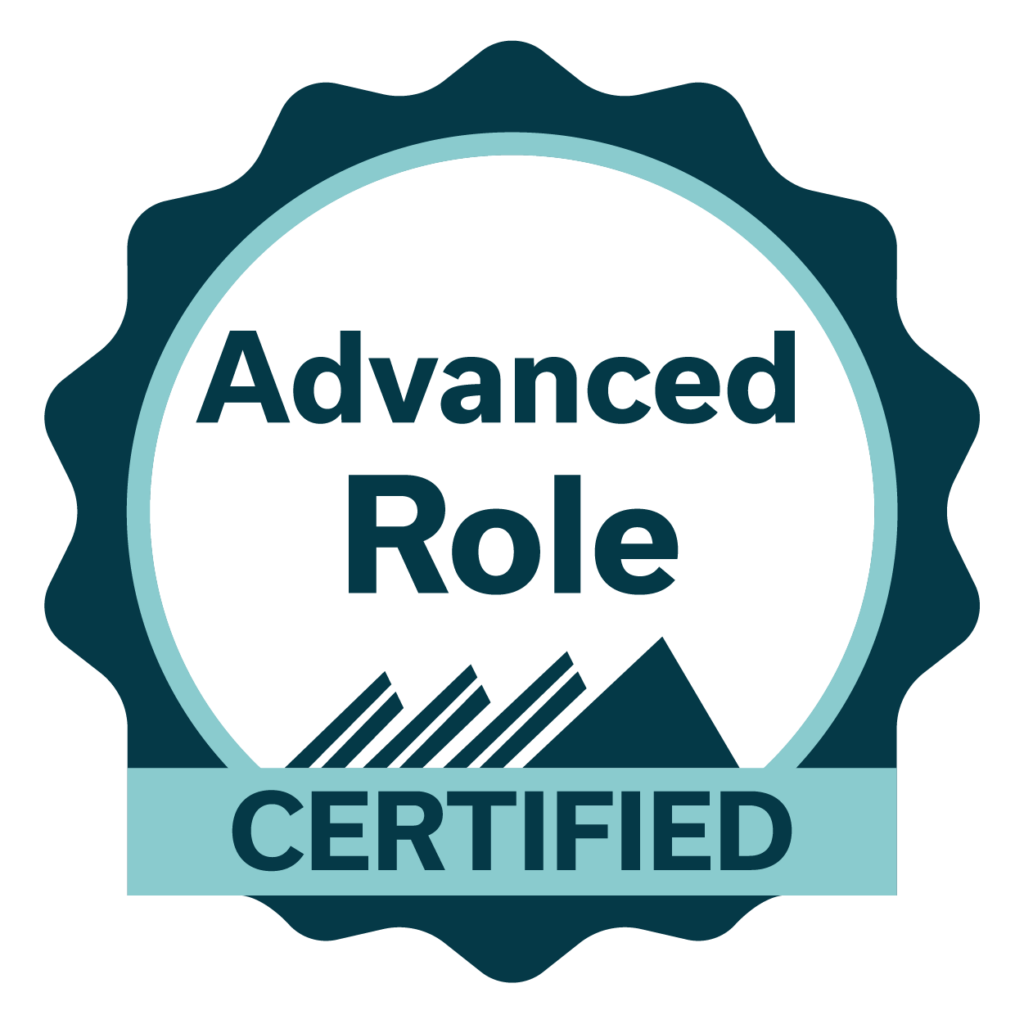
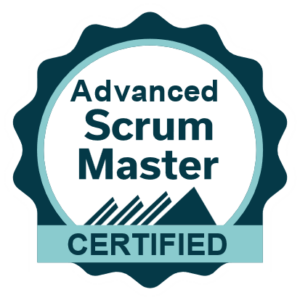
These paths help professionals deepen their expertise and can act as a bridge between existing SAFe® certifications. For example, the Advanced Scrum Master Certification Path can be a natural next step for a certified SAFe® Scrum Master or even a standalone option for experienced Scrum Masters. It’s also a valuable stepping stone toward more advanced certifications, such as the Release Train Engineer role. When you look at all the courses we offer, they collectively form a comprehensive career track, guiding Agile professionals throughout their journey.
Looking to the Future
Our vision for continuous learning and development extends beyond our current offerings. We aim to provide diverse learning opportunities, catering to different preferences, challenges, and contexts. We plan to introduce core curricula along with electives, allowing learners to specialize in areas that matter most to them. Additionally, we believe that maintaining an active certification should emphasize ongoing learning and development. This is why we’re exploring Continuing Education Units (CEUs) to help professionals stay current and relevant in their roles.
I’m incredibly excited about this next phase for Scaled Agile, where modular, hyper-relevant learning content becomes the norm. Our goal is clear: to empower Agile professionals to achieve certifications and drive real value for their organizations while advancing their own careers.
